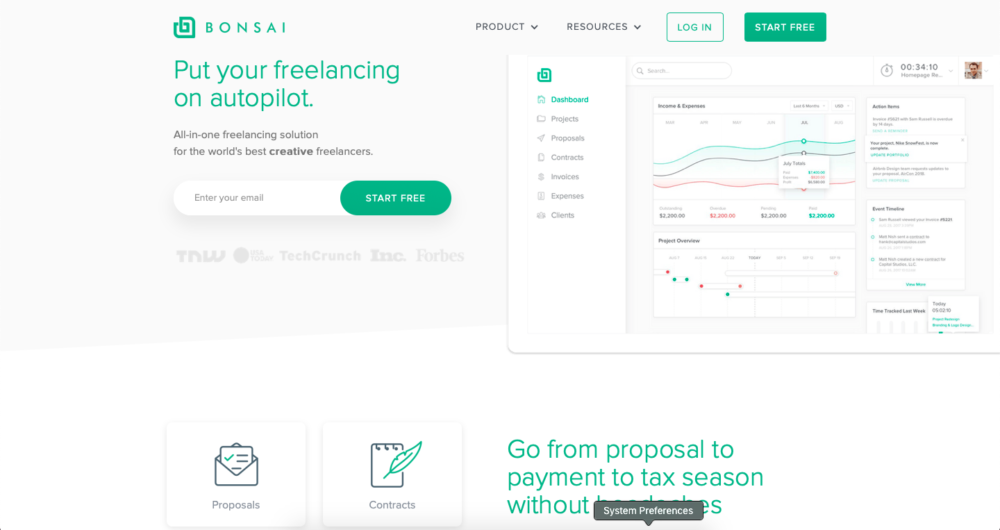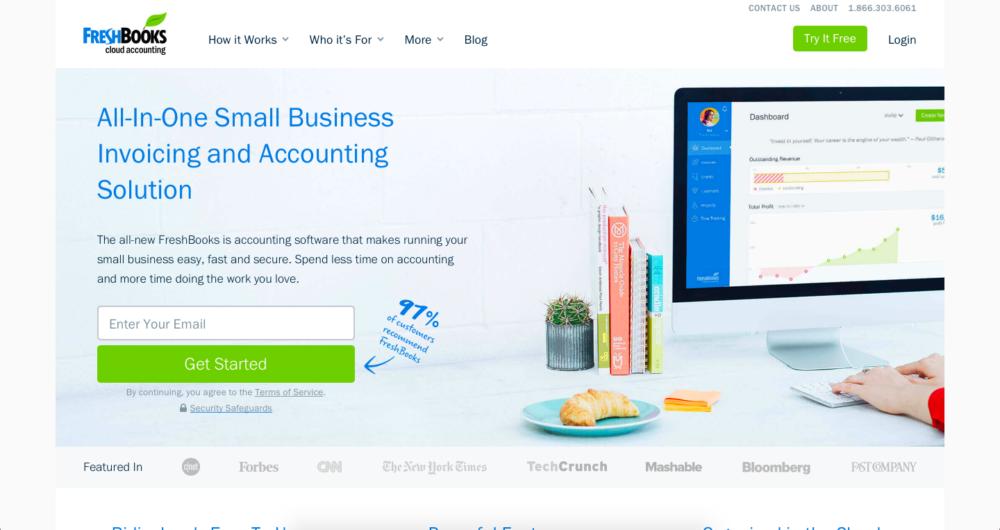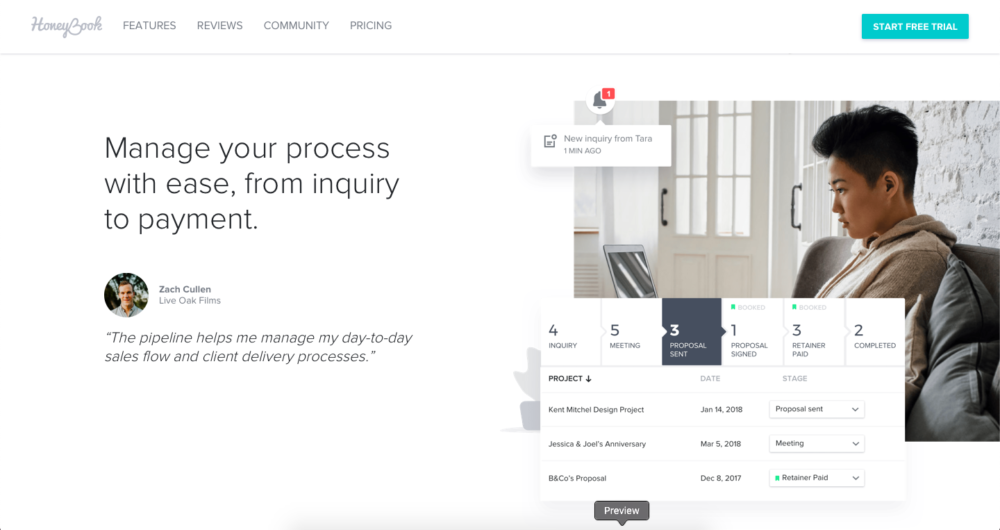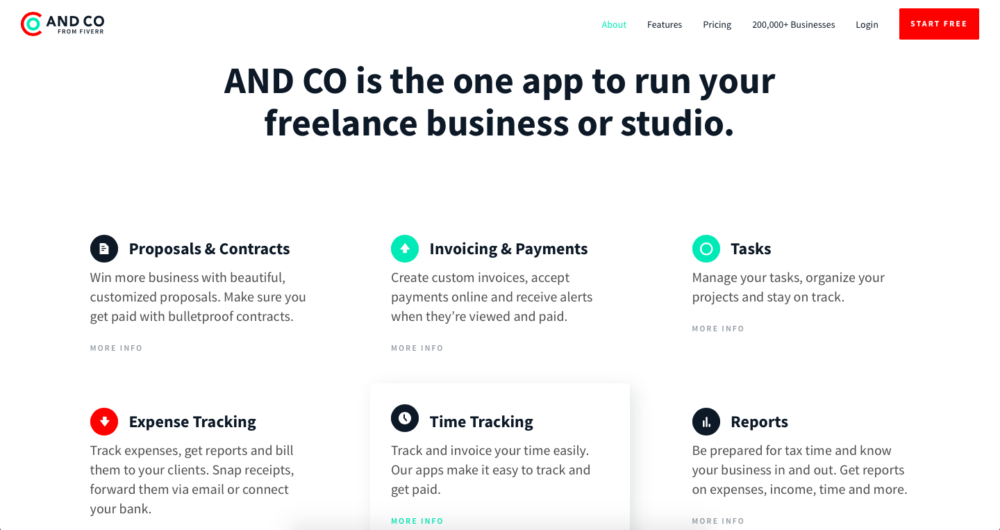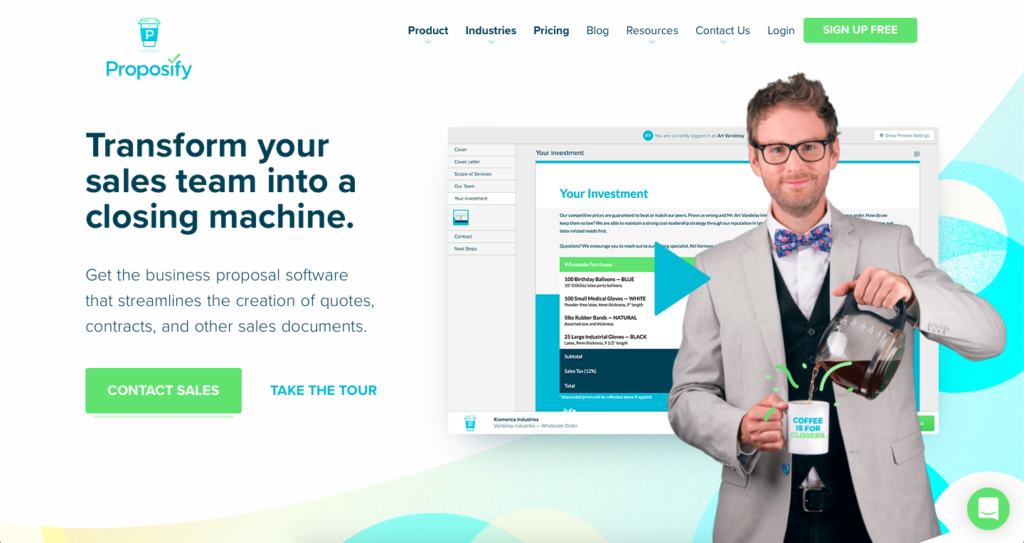Landing projects can be a tough nut to crack regardless of whether you’re a newbie or a seasoned freelancer. Stiff competition is always out there, but that doesn’t mean your proposal template shouldn’t stand out from the rest.
By creating a stellar proposal template, you can have leverage in the massive freelancing field by showing your leads how you can provide real solutions to their problems so they’d want to hire you for their next project.
Some freelancers tend to create custom proposals for every client they want to woo. However, there are times when you just don’t have the time to draft a new one.
What’s great about having a strong proposal template on hand is that it can bring the results you need every single time. What’s more, it’s a great addition to your workflow since it makes winning clients more time efficient for you.
Money Note: If an extra $1K–$5K/month would change your 2026 goals (debt, savings, travel, freedom), you’ll want to catch this: free live workshop from a freelancer who’s earned $4M+ online. No fluff. No gimmicks. A real roadmap. 👉 Watch the training or save your seat here »
In this blog, you’ll learn:
- What a proposal template is
- What questions an effective proposal template should answer
- How you can write your own proposal
- Awesome tips on creating a winning proposal
- Handy tools that can make writing proposal templates easier for you
- What to do after you’ve sent your proposal
What is a proposal?
A client proposal is a document that defines the services that you will be providing. It clearly outlines what a client can expect if they decide to hire you.
A strong proposal tends to make clients feel that you understand their needs and goals and that you are offering a high-quality product or service that is a cut above the rest.
It provides a detailed overview of the client’s problem and how you, the freelancer, are going to solve it. It ideally includes the deliverables of the project, a timeline for completion, a breakdown of costs and fees, as well as some terms and conditions.
It’s also an excellent tool for building client trust and, of course, your credibility as a service provider.
Questions to answer in your proposal template
A strong proposal template makes it easier for a client to decide whether he or she should hire you or move on to the next candidate. If you want to win clients every single time, your proposal should be able to answer the following questions:
What is the problem?
To show that you fully comprehend your client’s needs and the challenges they are facing, your proposal needs to identify the problems they are currently having.
It should also be able to determine aspects of their business that need to be addressed, how long the issue has existed, and why it needs to be solved.
What is the objective?
Showing your client how you are going to solve their problem is an integral part of a proposal. Your proposal should highlight real solutions that your clients can benefit from and why you use your methods.
Don’t just tell your client what you can do for them; instead, explain how your services can make positive changes in their business.
How much will it cost?
It’s important to let your client know how much your services cost. Your proposal should be able to lay out your quote as well as identify the conditions for payment.
You may also include different costing tiers so that clients have an option in terms of how much they are willing to spend on your services.
What is included in the cost?
It’s not enough to state how much your services are going to cost; your proposal should also identify the deliverables you are committing to provide to your client.
This allows your client to see the quality of the product you are offering. It is also helpful if a proposal indicates what services are not included in the cost to manage the expectations of the client.
How long will it take (timeline/milestones)?
Finally, your proposal should be able to communicate what outputs you will deliver to the client and when. This allows your client to see the amount of time needed to complete the tasks related to the project, so they have an idea of your working process. Moreover, your proposal should be able to indicate deadlines for deliverables.
How to write your own proposal template
A well-crafted proposal is necessary for winning over clients. It’s your one chance to capture your clients’ attention, make a good impression, land a project, and get paid.
This is why it’s important to know how to effectively write a proposal template that wins clients.
Writing your own proposal template can be a daunting task especially if you haven’t created one before. Chances are, you’ll spend at least an hour writing your first proposal template.
The basics of a freelance proposal
A compelling freelance proposal is a simple document that demonstrates your understanding of a project and illustrates how your skills, experience, and expertise can help address the needs of your client. A basic proposal needs the following elements:
1. Project information
This section should include the project title, your name or your business name, the client’s name, contact information, and the proposal date.
2. Problem
Succinctly identify the problems that the client is currently facing, noting how long the issue has existed. List aspects of the business that need to be addressed, and why.

3. Objectives and goals
Describe what the client needs and how you are going to deliver it. This section should illustrate that you understand their objectives and goals and how you will deliver real solutions for the issue at hand.
Briefly explain why you propose using these methods and how they will work to make positive changes in the client’s business, including information about the type of project, and a breakdown of the features of your services that will add value in a way that shows what the client can expect from you.
4. Deliverables
In this section, provide a detailed description of all the steps you will take to solve your client’s problem. Outline the recommended solutions and describe how each step will help the client achieve their goal.
Emphasize the benefits that a client can get from working with you.
You may also provide a value proposition and outline the specific outputs that your clients can expect from you, the quantity (if applicable), and how often they can expect to receive the deliverables.

It is also important to identify the scope and limitations of the project in this section. Be upfront and explain to your client what items are excluded from your services based on the project information.
5. Timeline
Describe how long it will take you to deliver the whole project. It will be useful to use a timetable to illustrate the project phases (if necessary) and the project milestones your client can expect.
You should also include the specific deliverables and when your client can expect them.
6. Cost
Describe your quotation in this section. State the price for the project or the price per deliverable. This is also where you will state payment methods and schedules.
It’s important to avoid short changing yourself while also being fair to your client. Make sure that your client gets the best value for the money they pay you.
7. Next steps
Every proposal template should indicate the next steps that a client needs to take so that the project can move forward. This section is a call-to-action where you can either ask the client to email you for more information, accept the proposal, sign a contract, or make a downpayment.
Bear in mind that a compelling proposal doesn’t only list your qualifications but is also an actionable document that leads you one step closer towards your next big project.
4 Tips for creating a winning proposal
Now that you know the basics of writing your own freelance proposal, it’s time to refine it. Below are some useful tips for creating a winning proposal:
1. Keep it simple but informative
When it comes to writing a proposal, less is more. Aim to present important information about the solutions you can provide to your clients and how they can benefit their business.
No one has the time to spend the whole day reading a winding document, so be succinct. Your proposal shouldn’t be longer than two pages.
2. Make it personable
One of the goals of a freelance proposal is to establish trust and to build a working relationship with a client. You don’t build relationships by sending canned messages.
That being said, it’s important that you use words that not only evoke professionalism but also friendliness, sincerity, interest, and warmth.
3. Don’t oversell
Writing a proposal template can be tricky because you not only have to be informative, but you also have to be persuasive.
Apart from giving your client the necessary details about the project, you also have to explain why you’re the best choice for the project. This means you always run the risk of overselling yourself.
To avoid this, keep your client and their needs in mind at all times. Your proposal should be about how your client can benefit from your services and how their business can grow with the solutions you provide.
4. Include options in your cost
Pricing options are useful, particularly for new clients you want to win because some clients want to test the water first before paying a premium for services.
So, it’s important to include different price points for different sets of services that meet a client’s goals at varying levels.
Presenting low tier, middle tier, and top tier options can help a client find the option that they feel best fits their needs.
Best online tools for proposal templates
Creating a proposal template doesn’t have to be a daunting task. If you’re still having a rough time coming up with a proposal that your clients will love, there are several online tools that can help you overcome this hurdle.
Bonsai
Bonsai is an “all-in-one freelancing solution” that integrates all the aspects of freelance work in one platform. They offer a wide range of products including proposal templates that have helped freelancers close countless deals as well as contract templates, time tracking, invoicing, and reporting tools.
Freshbooks
Freshbooks is a cloud accounting platform that mainly allows freelancers to create professional-looking invoices in seconds. But if you subscribe to their Plus or Premium plans, you’ll have access to the Proposals feature which allows you to showcase the value you can bring to your clients much more easily.
Through this feature, a freelancer can include descriptions of the problem they are trying to solve for the client, their process, and a timeline for completing the project.
HoneyBook
HoneyBook is a client management software designed for small businesses. They provide professional-looking and aesthetically-pleasing templates that promise to make it easier for clients to say yes to your service offerings.
They’ve put together proposal templates, contracts, invoices, and payment in one seamless product.
AND.CO
AND.CO provides an invoicing, proposals, and expense tracking system for freelancers and private contractors. Through this platform, you can create beautiful and customized proposals that can help you win more clients.
Proposify
Proposify is a business proposal software that streamlines the creation of quotes, contracts, and other sales documents.
It allows freelancers to create professional and mobile-friendly online proposals that feature metrics and notifications, custom fields and variables, interactive quoting, e-signatures, videos, comments and chat, and more.
Your proposal has been sent…now what?
After crafting a compelling proposal and sending it to your prospective clients, here are some things you should do:
First: Follow-up script
If a client doesn’t respond in a few business days, send them a follow-up email that gently nudges them to respond. Use a follow-up script like this:
Subject: Project Proposal
Dear [NAME OF CLIENT],
I just wanted to follow up on the project proposal I sent on [DATE SENT]. If you’re free, I’d like to discuss any questions you might have about my solutions.
You may email me your questions, or we can set up a call between [TIME OPTIONS].
Let me know if you’re still interested and when you’re available to talk.
Thanks again for the opportunity,
[YOUR NAME]
SOURCE: TheFreelanceFiles.com
Remember that a client may have different reasons for not responding immediately, so be sure to send a follow up to keep the conversation going.
Next: Client onboarding
If your client responds positively and decides to hire you, it’s time to welcome them to your business through onboarding. This is a critical step if you want to work effectively with your client.
It involves addressing their questions and concerns and making sure that they fully understand the services that you will make available to them.
Final thoughts
A well-written proposal template is a useful tool for freelancers to effectively pitch your business solutions to potential clients.
Strong proposals answer important questions like how you’re going to solve your client’s problem, how much your services will cost, and how long it will take you to deliver these solutions.
What’s more, it should be written using language that your clients can easily understand and relate to.
Remember that you don’t win clients by overselling yourself, so your proposal template should primarily intend to address your clients’ needs and to help them reach their goals.
Keep the conversation going...
Over 10,000 of us are having daily conversations over in our free Facebook group and we'd love to see you there. Join us!


